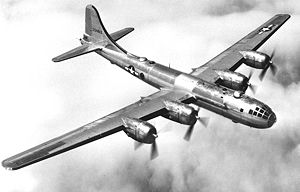To be a traitor he would need to have betrayed his country. Nothing in the summary posted suggests this to be true.
Instead prior to US involvement in the war he espoused views that are open to quite a negative perception. His thoughts on race and Semitism do him no credit - to quote from his diary: “We must limit to a reasonable amount the Jewish influence … Whenever the Jewish percentage of total population becomes too high, a reaction seems to invariably occur. It is too bad because a few Jews of the right type are, I believe, an asset to any country.” He was also very slow to condemn the Nazis for acts such as the invasion of Czechoslovakia. More debateable is whether he was a fascist sympathiser, as Roosevelt thought.
He was certainly an isolationist - but in itself that is not a “crime”. Once the US was involved in the war he tried to “do his bit”.
So I think he was both a patriot and misled. Only being able to vote for one option, I chose the latter.







